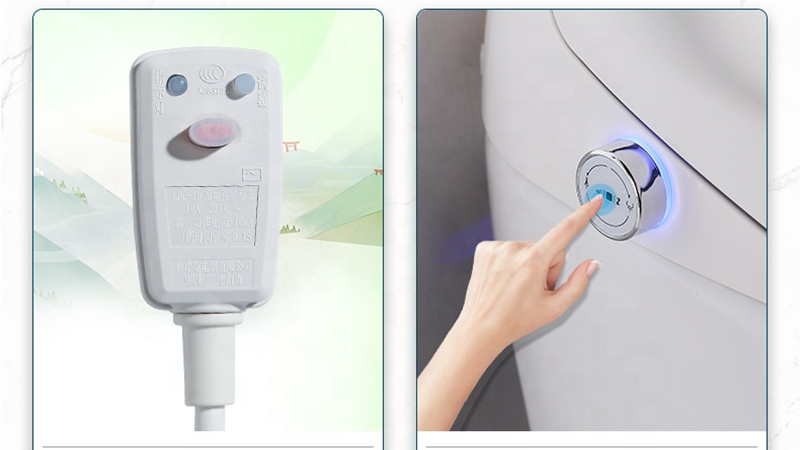Have smart toilets been fully implemented?
Have smart toilets been fully implemented?
The concept of smart toilets has been around for years and promises to revolutionize our bathroom experience. From analyzing our health to providing personalized settings, smart toilets are packed with features designed to make our lives easier and more efficient. But is this technology fully realized yet? Let’s explore the current status and future of smart toilets.
First of all, it is important to understand the specific components of a smart toilet. At its core, a smart toilet is a technologically advanced bathroom device that integrates a variety of sensors, connectivity options and automation features. These toilets can perform a variety of functions, such as measuring body vital signs, providing a self-cleaning mechanism, and even playing music or providing eco-friendly flushing.
While the idea of a smart toilet may seem revolutionary, the reality is that full implementation of this technology is still a work in progress. Manufacturers have made significant progress in bringing smart toilets to market, but there are still some barriers to widespread adoption.
One major challenge is cost. Currently, smart toilets are more expensive than traditional toilets, making them more difficult for the average consumer to use. The high price tag may be justified given the advanced features and functionality, but it's still a barrier for many families. As technology continues to advance and production costs decrease, the affordability factor may no longer be an issue.
In addition, the lack of standardization also poses obstacles to the widespread application of smart toilets. Different manufacturers offer a variety of features, connectivity options, and user interfaces. This lack of uniformity makes it difficult for consumers to choose a smart toilet that meets their specific preferences and needs. The industry needs to establish common protocols and guidelines to ensure seamless integration and compatibility of various smart toilet models.

Additionally, the installation process and maintenance requirements of smart toilets can be challenging for some users. These fixtures typically require professional installation and regular firmware updates to ensure optimal performance. Additionally, the incorporation of complex electronic components raises concerns about potential failure and repair. Simplifying the installation process and addressing maintenance issues will contribute to wider acceptance and implementation of smart toilets.
Despite these challenges, smart toilet technology has made significant progress. Some smart toilets come with built-in bidets that have cleaning and drying functions that eliminate the need for toilet paper. Other products offer adjustable seat temperature and customizable water pressure settings to ensure user comfort throughout the bathroom experience. These features demonstrate the potential benefits of smart toilets and their ability to enhance personal hygiene and overall well-being.

Looking to the future, the future of smart toilets is bright. As technology continues to evolve, we can expect more innovative features to emerge. For example, ongoing research suggests that smart toilets of the future may be able to analyze urine and stool samples to detect health conditions, which could revolutionize early disease detection. Additionally, increased connectivity options enable integration with other smart home devices, providing a more streamlined and automated bathroom experience.
In summary, while smart toilets have come a long way, full implementation of this technology is still a work in progress. Cost, lack of standardization and installation complexity continue to hinder widespread adoption. However, as technology continues to advance and consumer demand continues to increase, the future of smart toilets seems bright. As these challenges are addressed, we can expect smart toilets to become a common fixture in homes in the future, helping to improve hygiene, convenience, and overall well-being.

